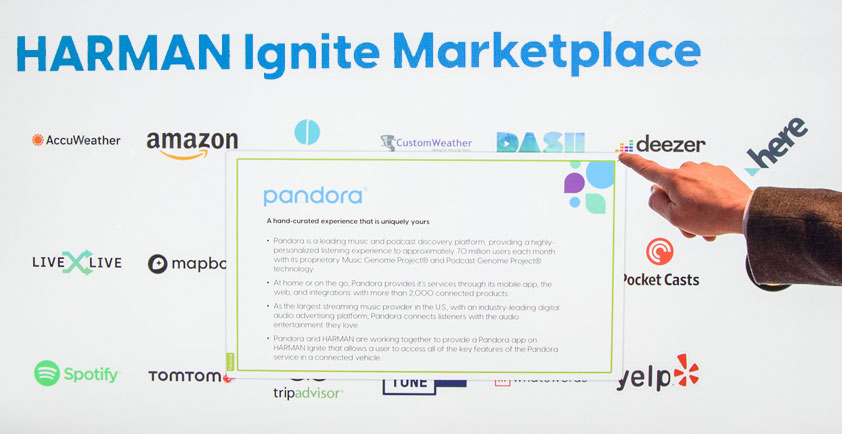

HARMAN SHOWCASES LIFE-SAVING POTENTIAL OF VEHICLE-TO-PEDESTRIAN 5G TECHNOLOGY AT CES 2020
5G connectivity enables the ability to see through objects and around corners with advanced proximity scanning
CES 2020 – LAS VEGAS – HARMAN, a wholly-owned subsidiary of Samsung Electronics Co., Ltd., focused on connected technologies and solutions for automotive, consumer and enterprise markets, today unveiled a new ADAS use case, called Vehicle-to-Pedestrian, which forewarns automobile drivers and pedestrians to potential safety conflicts through the use of Vehicle-to-Everything (V2X) technology. Part of HARMAN’s safety system technologies, Vehicle-to-Pedestrian can be enhanced through 5G-fueled C-V2X networks, which in the coming years will enable all-new in-car experiences.
“With well over one million deaths reported every year, road fatalities are a global public safety imperative. Creating technologies that help prevent the injury of drivers, passengers, pedestrians and cyclists is absolutely paramount,” said Dr. Mike Peters, President, HARMAN Connected Car. “By introducing 5G technology to the car in a way that is both meaningful and practical, Vehicle to Pedestrian is an exciting innovation that will make our roads safer - and also has the potential to save lives.”
In the car, Vehicle-to-Pedestrian can work on low latency 5G peer-to-peer signals to identify objects in the vehicle’s path through proximity scanning. Similarly, pedestrians or cyclists with a C-V2X-enabled mobile device will also receive an alert that a vehicle is entering their path. As a result, vehicles, pedestrians and cyclists can be alerted to potential safety conflicts even in situations where advanced cameras can’t see obstructions - such as around corners, or through parked vehicles.
HARMAN’s Vehicle-to-Pedestrian is only one of many safety enhancements enabled by V2X technology, which has defined the peer-to-peer communications protocols that enable situational awareness between vehicles. Now, with the maturation of 5G technologies and networks, C-V2X creates new opportunities for vehicles to communicate with even more of their surroundings - including other vehicles, road infrastructure and control systems, as well as low visibility road users like pedestrians and cyclists.













